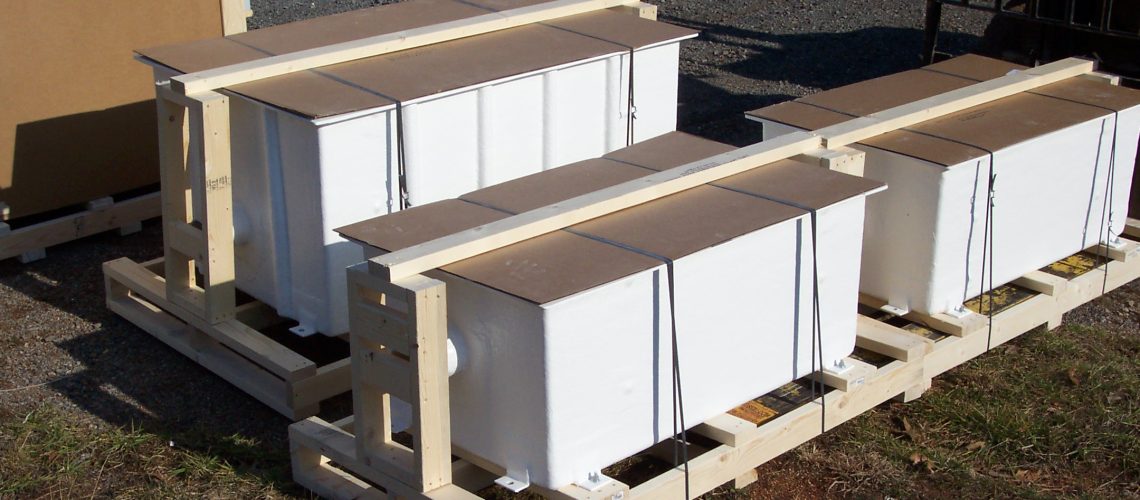While there are plenty of solutions for measuring flow rate in open channels, weirs are among the best options available. They can provide accurate measurements for a variety of flow rates in a way that’s easy to measure, and with a system that’s easy to install. Take a look at what you need to know about weirs, and discover the advantages and disadvantages that these systems can offer.
Advantages of Weirs
When you use a weir, you’ll find yourself with a collection of advantages to enjoy. Just about every aspect of their function and installation is easy, which not only makes the experience far more convenient, but it’s more budget-friendly as well. Construction costs are notably low, especially if you opt for a durable material like fiberglass, which substantially reduces upkeep costs.
Measurements taken using a weir are remarkably accurate, offering results you can count on, providing the installation and actual measuring process are done correctly. With the range of notch styles and sizes, you can deal with several different kinds of flows as well. Even dual flow range measurement is possible when using compound weirs. Plus, weirs are widely used, so you won’t have to look very far to find operators who are already familiar with how they work and are used.
Disadvantages of Weirs
While weirs certainly have much to offer, you’ll still have to keep the disadvantages in mind as well. For example, you’ll have to perform regular maintenance on the weir pool to ensure you’re getting the accurate measurements you need. That means removing debris and other obstructions that could disrupt the flow or change the dimensions of the weir pool. Additionally, you’ll have to maintain the crest of the weir to ensure the nappe is aerated properly. Any deviation there will throw off the accuracy of your measurements.
Installation is easy for weirs, but that’s only the case if you have enough space. The space required for an upstream weir pool can be demanding depending on what kind of flow you’re dealing with. Additionally, submergence can be a problem since the design of any weir does little to resist it. There’s also a strict minimum head requirement that’s universal among all the different weir types.
Types of Weirs
When selecting a weir for your flow channel, you’ll have to determine what the proper style is for your unique conditions. Several different options are available, but only one can be the best fit. Triangular weirs are fairly common, as their V-notch shapes excel at measuring low flows. Higher flows tend to rely on rectangular weirs.
If accuracy isn’t the most important aspect of your weir, you may prefer the Cipolletti-style weir. They’re less accurate than triangular or rectangular weirs, but they are a bit easier to use with a simplified discharge equation. Finally, you can opt for a circular weir only if you’re looking to install one within a piped system.
Weirs from Tracom
With what you need to know about weir boxes in mind, it’s time for you to get one of your own. That’s where Tracom can help. We have a wide variety of different weirs on offer, but you can always work with our team to design one of your own. Contact us today to get started!


